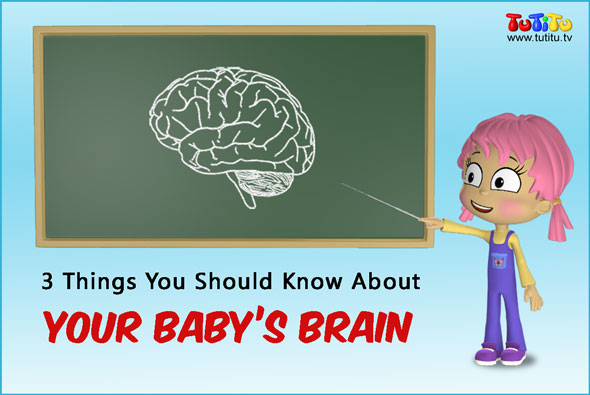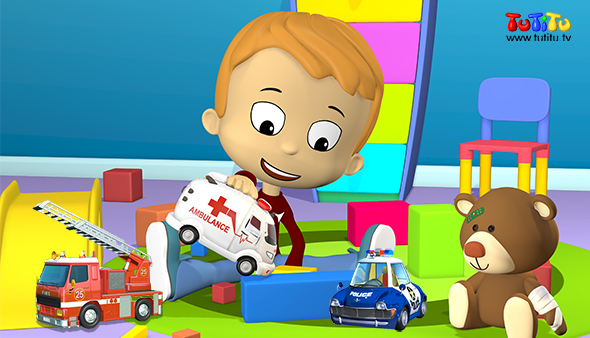Why are the first few years of life so crucial for a child’s development? And what should parents do to maximize the benefits of this window of opportunity? To answer these questions, let’s take a quick look at what goes on in a baby’s developing brain.
#1: Humans Start Small
Children are amazing. Stop and think for a moment about all the tasks a typical 3 year old can master. Eating solid foods; walking; kicking a ball or putting on a shirt; talking for hours on end- It truly is remarkable how much, and how fast, kids learn to do all these things.
What makes it even more remarkable is the complete state of helplessness in which humans are born. As any parent with young children knows all too well, the human newborn is completely dependent on others for even the most basic of needs. Some animals, like giraffes and horses, are able to walk on their own within hours of birth. For humans, such independence comes much slower.
Consequently, a baby’s brain can be described as a not-entirely-developed version of “the real thing”. Embryonic brain tissue begins to form early, sometime in the first month of pregnancy. In the following months, billions of brain cells, called neurons, are created. Most of these cells will continue to exist in the baby’s brain throughout her life.
These specialized cells must however also interact with each other to form neural connections, or synapses. And this is where it gets interesting. Although by the halfway mark of the pregnancy most of the neurons have already been formed, virtually NO synaptic connections are created before birth. The reason for this discrepancy is simple: synaptic connections can only be created through experiences and interactions with the environment.
#2: Children Grow Fast
Once the baby is outside of the womb, rapid brain development takes place. During the first year of a baby’s life, the brain nearly doubles in size. By two years of age, trillions of synapses form, connecting the cells to each other. Never again will the brain experience such a robust period of growth.
The observed changes in the baby’s mental ability at this stage are likewise dramatic. At 1 month of age, a baby can already store mental representations of objects and people. At 4 months, babies can distinguish between objects based on their shapes and colors (hence the shape-matching games). By 8 months, the ability to understand the concept of time and control one’s impulses significantly improves. By 18 months language skills and a basic sense of self begin to emerge.
#3: Brains Need Enrichment
What should parents take away from understanding this developmental process? Perhaps the most significant lesson has to do with the importance of experience. In other words: your baby’s daily life is shaping the quality and quantity of the neural connections being formed.
Studies have found that brain development benefits from enriching environments. Such environments provide toddlers with a variety of things they can look at, touch, smell, taste, and play with. However, there’s no need to run to the nearest toy shop! As many parents have found out, a set of keys, some pots and pans or a city park can provide great stimulation at minimal cost.
Lastly, as important as stimulation is, interaction with caregivers is probably the most significant part of a child’s environment. Strive to provide your children with a variety of activities, interact often and positively, and help ensure your kids make the most out of the formative years of childhood.
Have fun, and treasure those precious moments – they will be over sooner than you think!
Further Reading:
– “Significance of Enrichment“, from: Enriching Heredity, by Marian Cleeves Diamond.
– “What’s Going on in There?: How the Brain and Mind Develop in the First Five Years of Life“, by Lise Eliot
What will you miss most about those formative years?
Tell us in the comments!


